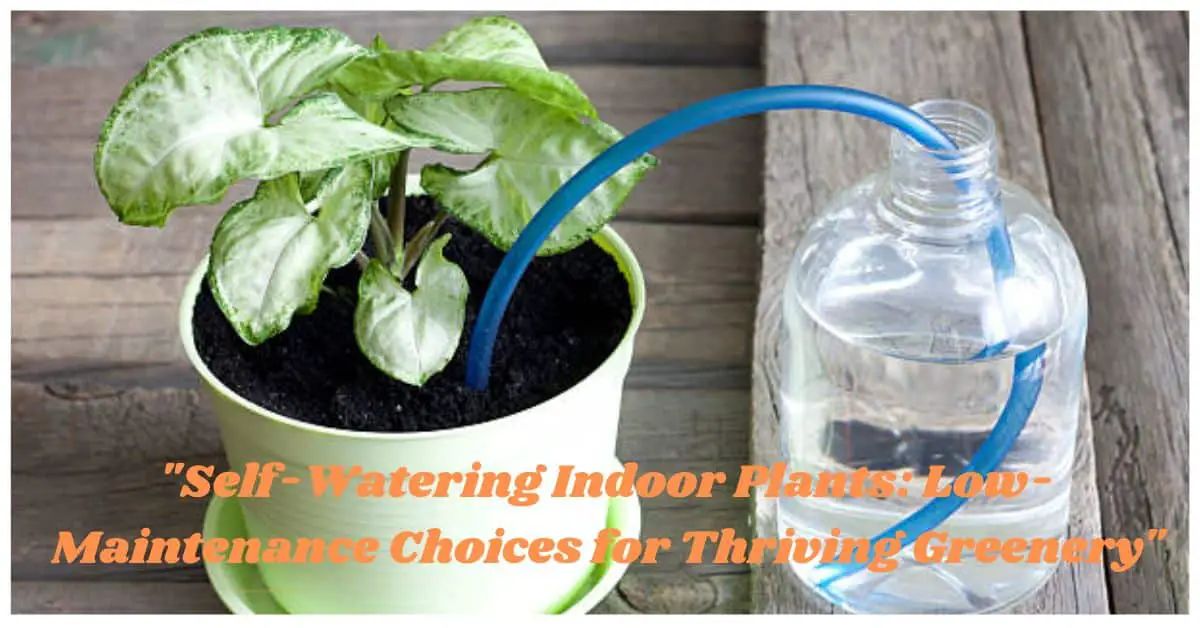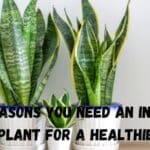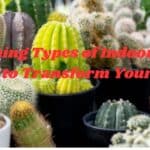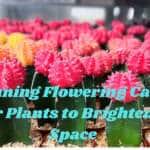If you love the idea of having lush indoor plants but struggle to keep up with watering schedules, self-watering indoor plants might be the perfect solution. These low-maintenance plants thrive with minimal effort, making them ideal for busy people or those new to plant care. In this blog post, we’ll explore some popular self-watering plant choices, how they work, and how you can make the most of them in your space.
Table of Contents
Why Choose Self-Watering Indoor Plants?
One of the main reasons people gravitate toward self-watering plants is the ease they bring to plant care. Self-watering pots and plants can significantly reduce the risk of overwatering or underwatering, two of the most common mistakes that harm indoor plants. For frequent travelers or anyone with a hectic schedule, these plants provide the flexibility to enjoy a green space without constant maintenance.
Top Self-Watering Indoor Plants
Here are some of the best indoor plants that are well-suited to self-watering systems, helping you create a beautiful, thriving indoor garden with ease:
1. Peace Lily (Spathiphyllum)
Peace Lilies are popular for their elegant white flowers and glossy green leaves, and they thrive in self-watering setups. They’re also natural air purifiers, adding both beauty and health benefits to your home.
- Light Requirements: Prefers medium, indirect light but can adapt to low light.
- Benefits: Peace Lilies are forgiving and bounce back easily if slightly neglected, making them ideal for busy people.
Personal Experience: My Peace Lily in a self-watering pot has been a breeze to care for. I only need to refill the reservoir once every couple of weeks, and it stays lush and green year-round.
2. Spider Plant (Chlorophytum comosum)
Spider Plants are resilient, fast-growing plants that do well in self-watering containers. With their arching green and white-striped leaves, they add a playful touch to any room.
- Light Requirements: Enjoys bright, indirect light but tolerates lower light conditions.
- Benefits: Great for beginners; they’re low-maintenance and have the added benefit of being non-toxic to pets.
Personal Note: I have Spider Plants in hanging self-watering pots in my kitchen. They thrive with minimal attention and add a lively burst of green to the space.
3. Philodendron
Philodendrons are versatile plants with beautiful trailing vines that look lovely cascading from shelves or hanging planters. They adapt well to self-watering pots, as they appreciate a consistent level of moisture.
- Light Requirements: Thrives in bright, indirect light but can tolerate low light.
- Benefits: Easy to propagate, making it simple to grow new plants or share cuttings with friends.
Pro Tip: If you place a Philodendron in a self-watering container, just ensure it has indirect sunlight, and it’ll thrive with minimal effort.
4. ZZ Plant (Zamioculcas zamiifolia)
The ZZ Plant is a fantastic choice for self-watering containers, as it stores water in its rhizomes, allowing it to tolerate periods of dryness. Known for its shiny, dark green leaves, the ZZ Plant adds a sleek, modern look to any room.
- Light Requirements: Does well in low to bright, indirect light.
- Benefits: Highly resilient and almost impossible to kill.
Personal Experience: My ZZ Plant has been in the same self-watering pot for over a year, and it’s one of the healthiest plants in my collection with minimal upkeep.
5. Pothos (Epipremnum aureum)
Pothos is a popular indoor plant known for its heart-shaped leaves and ability to trail beautifully. It adapts well to self-watering systems, making it a go-to for plant lovers who want to avoid frequent watering.
- Light Requirements: Thrives in bright, indirect light but tolerates low light.
- Benefits: Fast-growing and easy to care for, Pothos plants add greenery quickly to any room.
Decor Tip: Place Pothos in a self-watering pot on a high shelf or let it trail down a bookcase for a jungle-like look.
How to Set Up a Self-Watering System
Setting up a self-watering system doesn’t require a lot of effort. Most self-watering pots come with a built-in water reservoir and a wicking system that draws water into the soil as needed. Here’s a quick guide to getting started:
- Choose the Right Pot: Look for self-watering pots with a reservoir and a water level indicator to make refilling easy.
- Use Proper Soil: Light, well-draining potting soil is best for self-watering pots, as it allows for adequate water absorption.
- Fill the Reservoir: After planting, fill the reservoir with water. Most self-watering pots only need refilling every one to three weeks, depending on plant type and size.
- Monitor the Plant’s Needs: Although self-watering systems are low-maintenance, occasionally check the water level and adjust as needed.
Benefits of Self-Watering Indoor Plants
Self-watering indoor plants offer numerous advantages, including:
- Reduced Watering Frequency: You can leave your plants for longer periods without worrying about them drying out.
- Prevents Overwatering: With self-watering systems, the soil stays consistently moist without becoming waterlogged.
- Perfect for Busy People: Ideal for those with demanding schedules, as they reduce the need for frequent care.
- Saves Water: Self-watering systems use water more efficiently, reducing waste and conserving resources.
Tips for Thriving Self-Watering Plants
- Keep an Eye on Humidity: Indoor humidity can affect how quickly plants use water. In drier months, check your plants a bit more frequently.
- Choose Compatible Plants: Not all plants do well with constant moisture. Choose plants that prefer consistent hydration, like Peace Lilies, Spider Plants, and Philodendrons.
- Avoid Overfilling the Reservoir: It’s essential not to flood the water reservoir. Stick to the recommended water level for optimal plant health.
- Refresh Water Regularly: To prevent stagnant water, empty and refill the reservoir every month or so, especially if you notice any buildup.
Conclusion
Self-watering indoor plants are an excellent solution for plant lovers who want to enjoy beautiful greenery with less maintenance. From the ZZ Plant’s resilience to the elegance of the Peace Lily, there are plenty of options that thrive in self-watering systems. With a self-watering setup, you can have a green, vibrant indoor garden without the constant upkeep. So go ahead and add some of these low-maintenance plants to your collection and watch your indoor space flourish!










